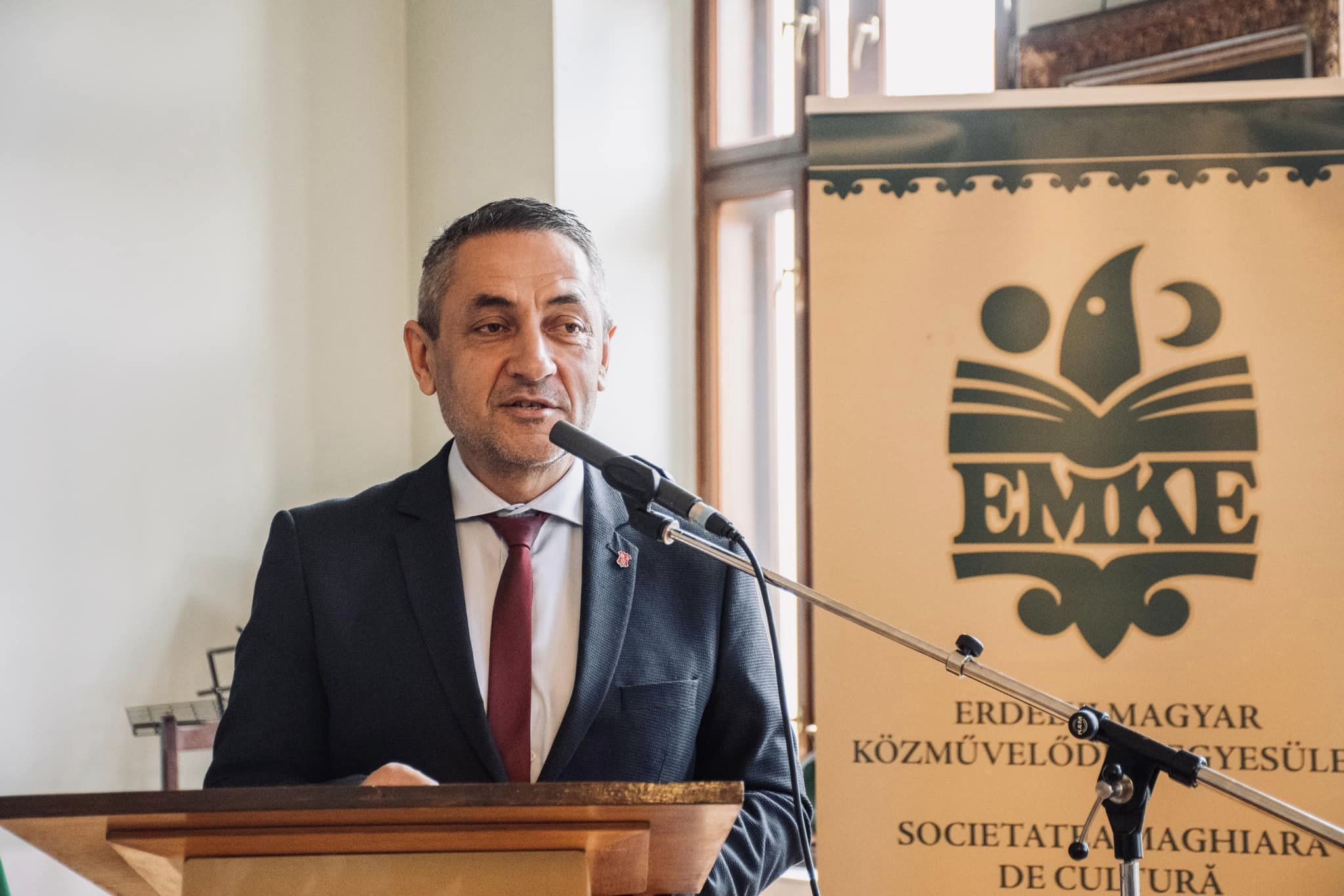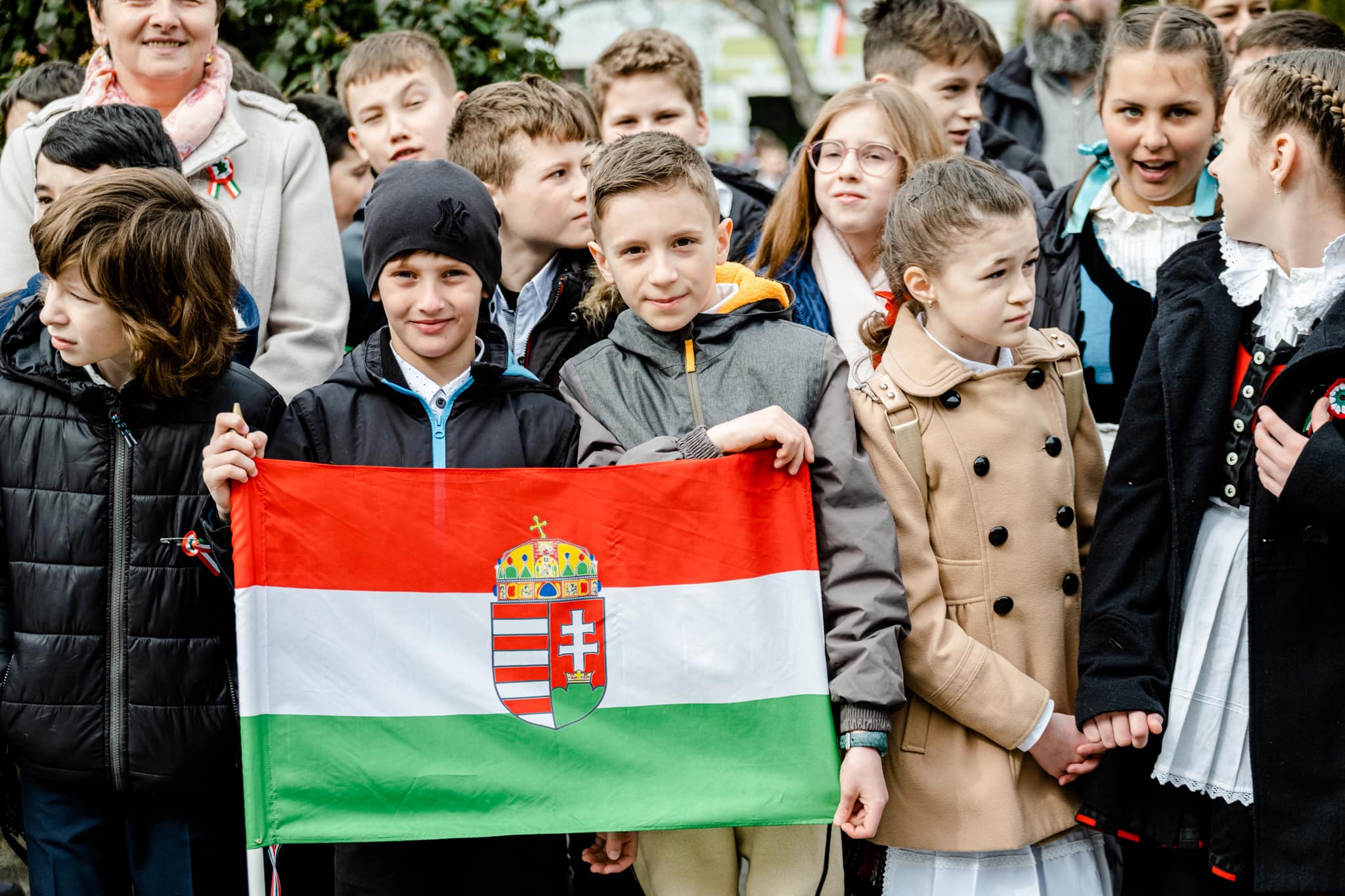
"When we talk about the Hungarian nation, we should not only talk about Hungary in the narrow sense but also about the Carpathian Basin and even the diaspora," Árpád János Potápi stressed.Continue reading

In the past five years, 49 Transylvanian municipalities have ceased Hungarian-language education, yet the proportion of Hungarian-language learners has declined less than the proportion of the Hungarian population in Transylvania (Romania), according to a recent survey.
SoDiSo Research’s analysis examines the situation of Hungarian-language education in Transylvania between 2011 and 2023, based on data from the Romanian Statistical Institute and enrolment figures, MTI reports. An important finding is that for the past more than ten years, the share of Hungarian-language education in Romania has been more stable than the share of the Hungarian population. A change in trend can also be observed: between 2014 and 2018, the share of students studying in Hungarian exceeded the share of students of Hungarian nationality.
The authors point out that during this period, the total population in Transylvania decreased by four percent, while the number of ethnic Hungarians decreased by 14 percent. Meanwhile, the total student population decreased by 10 percent and the number of Hungarian learners by 12 percent. “Between 2011 and 2021, the share of Hungarian language learners in the 15 counties of Transylvania decreased from 16.3 percent to 15.6 percent, while the share of Hungarians in the region decreased from 19.8 percent to 18.0 percent of the total population,” the analysis points out, adding that
the weight of Hungarian public education in Romania remained relatively stable.
The authors point out that between 2014 and 2018, the proportion of students studying in Hungarian exceeded the proportion of students of Hungarian nationality. This turnaround occurred despite the fact that, according to experts, around ten percent of native Hungarian-speaking students continue to study in Romanian.
One reason for this phenomenon may be the growing number of non-Hungarian ethnic children in Hungarian education, most of whom are Hungarian-speaking Roma – who account for 11-12 percent of all Hungarian learners.
But there is also a significant proportion, four to five percent, of children with Romanian ties who come from mixed Romanian-Hungarian families. Analysts say that Hungarian-language education is performing well, with an increasing proportion of Hungarian children in Transylvania successfully enrolled in mother-tongue education. The main reason for this is that Transylvanian Hungarians are becoming geographically more fragmented, with a growing proportion of Hungarian children in Hungarian block areas, they write.
Featured photo via Facebook/Potápi Árpád János